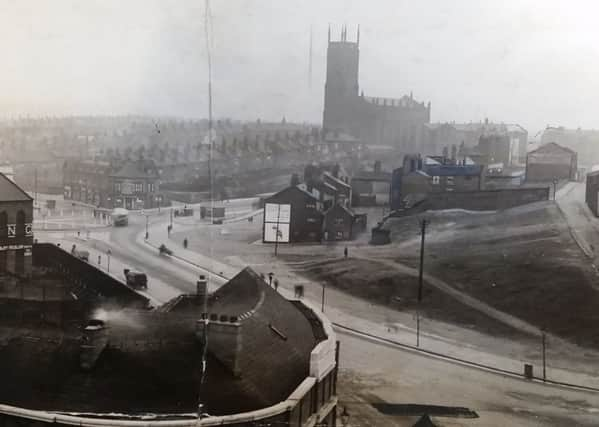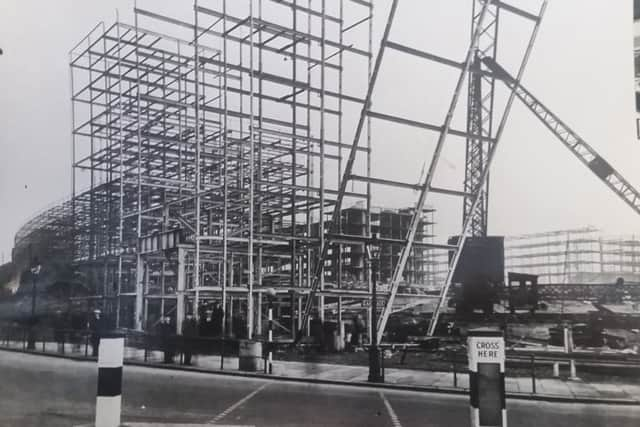Leeds nostalgia: What Leeds looked like BEFORE Quarry Hill flats were built 80 years ago


Our main picture, above, shows what existed prior to the construction of the flats. The sky is nothing but a grey canvass, roads mostly bereft of traffic, while on the horizon looms the ominous silhouette of St Mary’s Church - one of three so-called ‘Million Act’ churches in Leeds and which was demolished in the 1970s - looms over the neatly ordered rows of back to backs which march off into the distance.
Go back to 1738 and the entire area here was covered with pleasant meadows, cattle grazing idly in the fields. Of course, in the intervening two centuries, the city had become clogged (if that’s the right word) with slum housing. Disease was rife.
Advertisement
Hide AdAdvertisement
Hide Ad

Leeds in the 1860s was a thriving and dynamic town. It had an expanding industrial landscape of mills, factories, foundries and dye works - with appalling work place experiences and squalid living conditions - and smoke, smoke and more smoke. This was also the time when public authorities began to take health seriously and, indeed, in 1866, Leeds got its first medical officer.
Talk of clearing the slums and creating a new way of living began shortly thereafter.
When Qarryy Hill was built, it had everything residents could wish for, from a state-of-the-art waste disposal system which did away with the need for dustbins – the innovative Garchey system, more of which next week – to an exhaustive list of local amenities, from the gigantic wash house to the parade of local shops and from play areas for children to the proximity to local churches and schools.
It was the very model of convenience, being just half a mile from the centre of Leeds, surrounded by Leeds Parish Church, St Mary’s Church and St Patrick’s Roman Catholic Church and School.